The long-awaited Panasonic GH6 mirrorless camera for filmmakers will officially arrive "by the end of 2021", but only after the arrival of the live streaming-focused Panasonic GH5 Mark II.
In an unusual double announcement, Panasonic has announced both a minor Mark II update to the much-loved Panasonic GH5 – which arrived back in 2017 – and its true successor in the Panasonic GH6.
So what exactly is going on? Despite their similar names, Panasonic is aiming the two cameras at different types of people. The Panasonic GH5 Mark II, which uses the same sensor as its predecessor for 4K/60p video recording, is a more budget option for video creators, YouTubers and live-streamers, whereas the Panasonic GH6 will be aimed more at amateur and pro filmmakers.
- These are the best 4K cameras you can buy right now
- Or check out our guide to the world's best vlogging cameras
- Read our round-up of the best YouTube cameras
The big news on the Panasonic GH6 front is that it'll be using a new, high-speed sensor that's capable of shooting 5.7K/60p video. It won't have the 8K powers that some were hoping for, but that new sensor should ensure it produces some lovely oversampled 4K video.
The GH6 will also be able to shoot 10-bit 4K/120p video, another very handy feature that's absent on the Panasonic GH5 Mark II and GH5, which will give you the option of shooting high-quality slo-mo footage.
But aside from also confirming that the GH6 will shoot 4:2:2 10-bit Cinema 4K/60p video internally, Panasonic didn't reveal any more specifics in its development announcement. We don't yet know any more about the GH6's autofocus, stabilization, codecs, ports or pricing, but these will all likely be revealed when the GH6 becomes "available by the end of 2021".
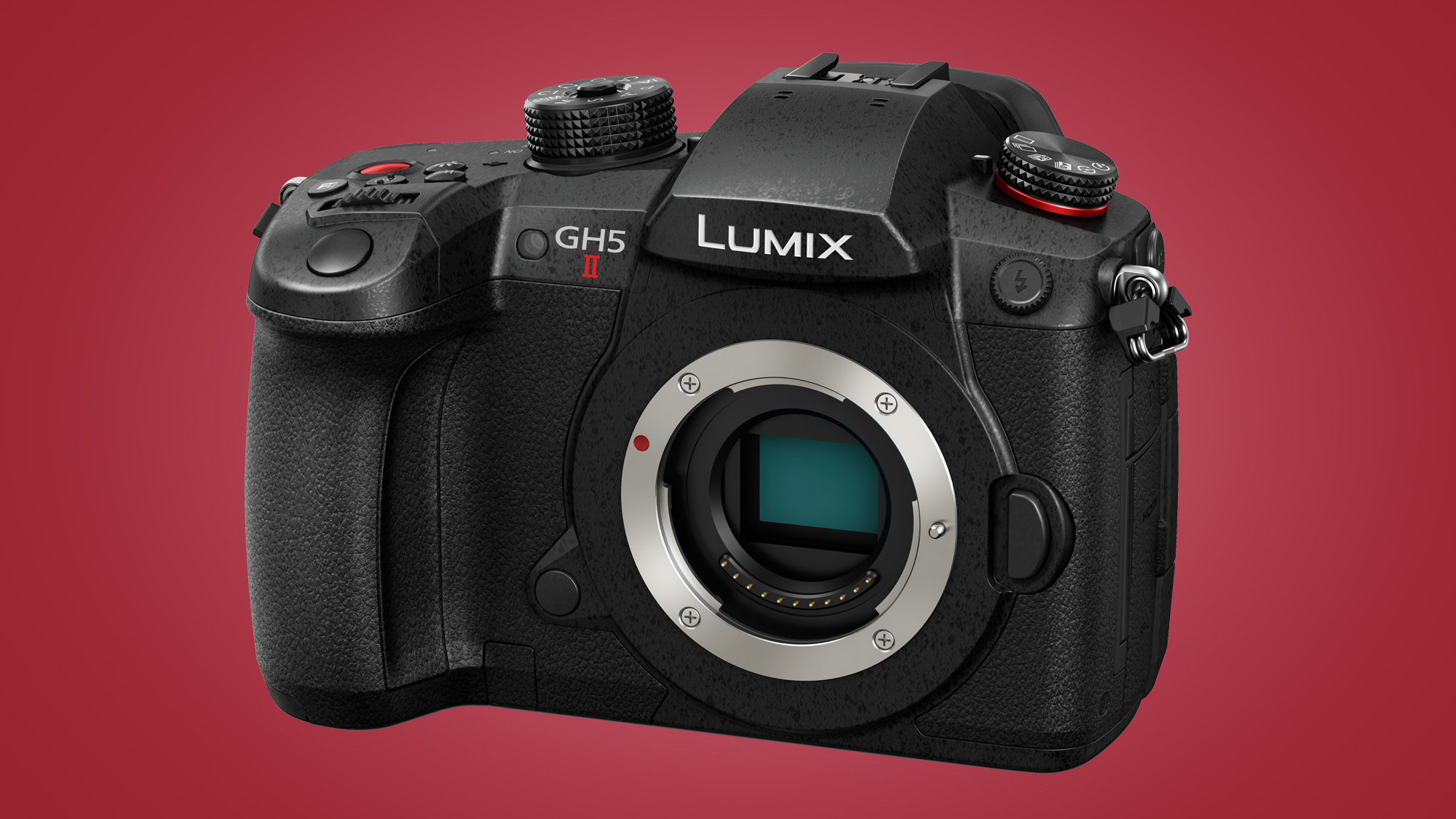
What's new on the GH5 Mark II?
Fortunately, there are more specific details available for the Panasonic GH5 Mark II, which you'll be able to buy from the end of June. So how exactly does it differ from the Panasonic GH5? The Mark II uses the same body and sensor as the GH5, but brings a series of small tweaks including new live-streaming powers.
There are a few different ways to live-stream video from the GH5 Mark II, all of which use the RTMP/S (Real-Time Messaging Protocol) standard and most of which can be setup using the Lumix Sync app. If high image quality is your priority, you can connect the GH5 Mark II to an external capture card via HDMI, then hook that up to a laptop to stream in 4K/60p quality.
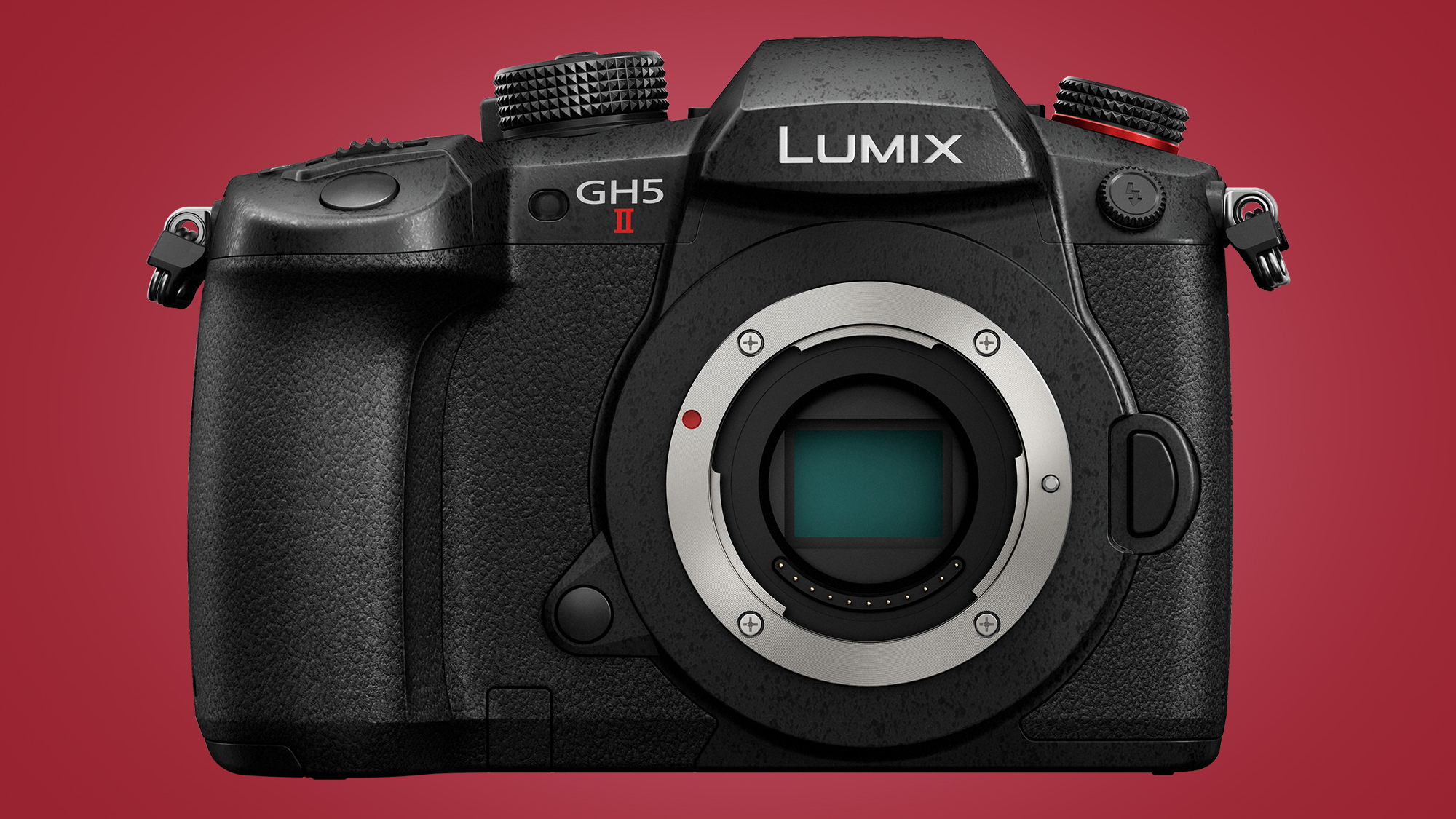
Without a capture card, your alternative streaming options all deliver lower-quality HD video. You can connect the GH5 Mark II directly to your laptop via USB and use a combination of Lumix Tether (Panasonic's beta streaming software for Windows and Mac) and the free OBS (Open Broadcaster Software), which lets you stream in 720/30p quality with remote control functionality.
Panasonic's beta Lumix Webcam software (Windows/Mac) also lets you use the GH5 Mark II as a webcam (again streaming in 720/30p) or you can directly stream to some services over Wi-Fi in 1080/60p quality.
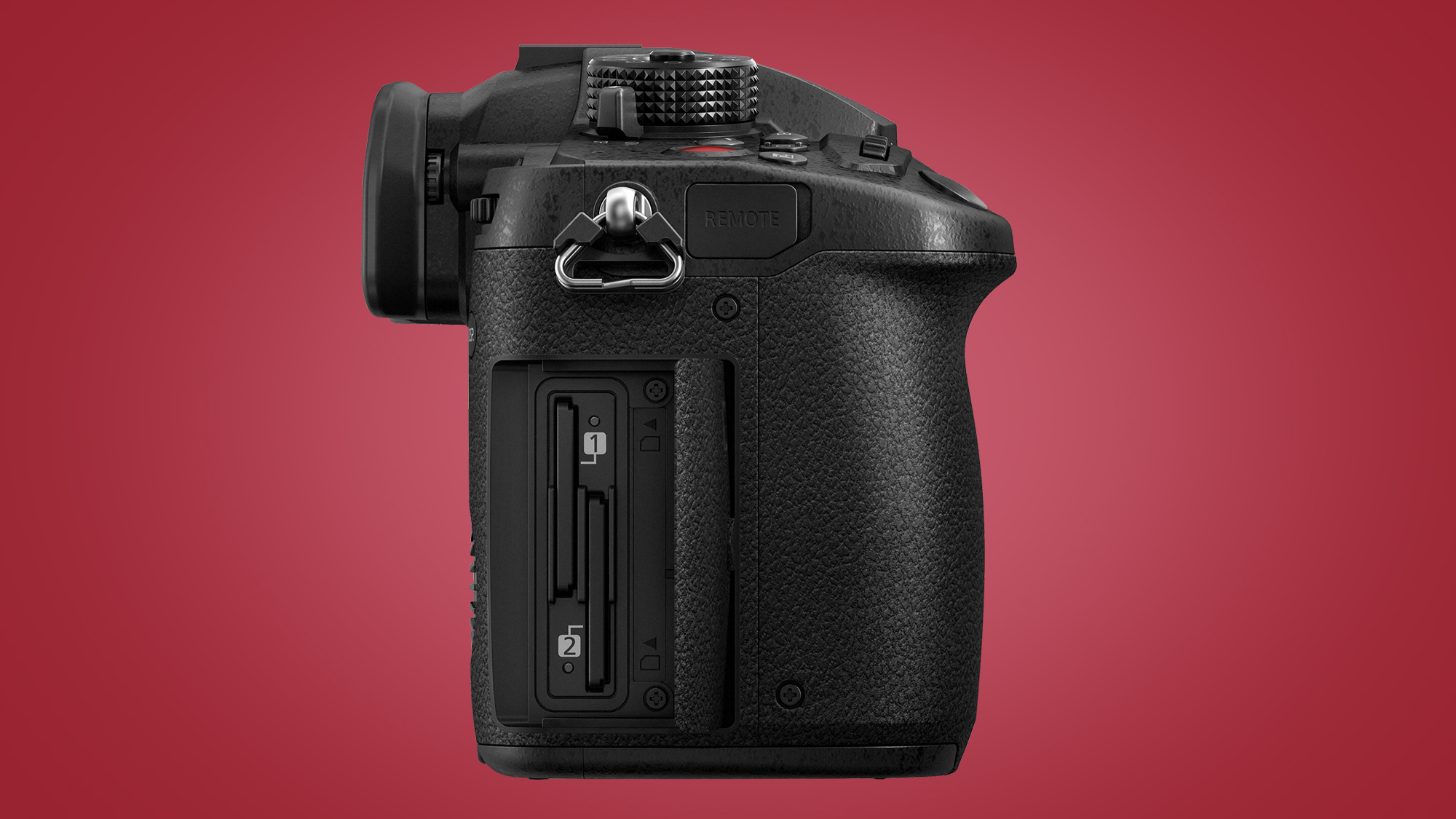
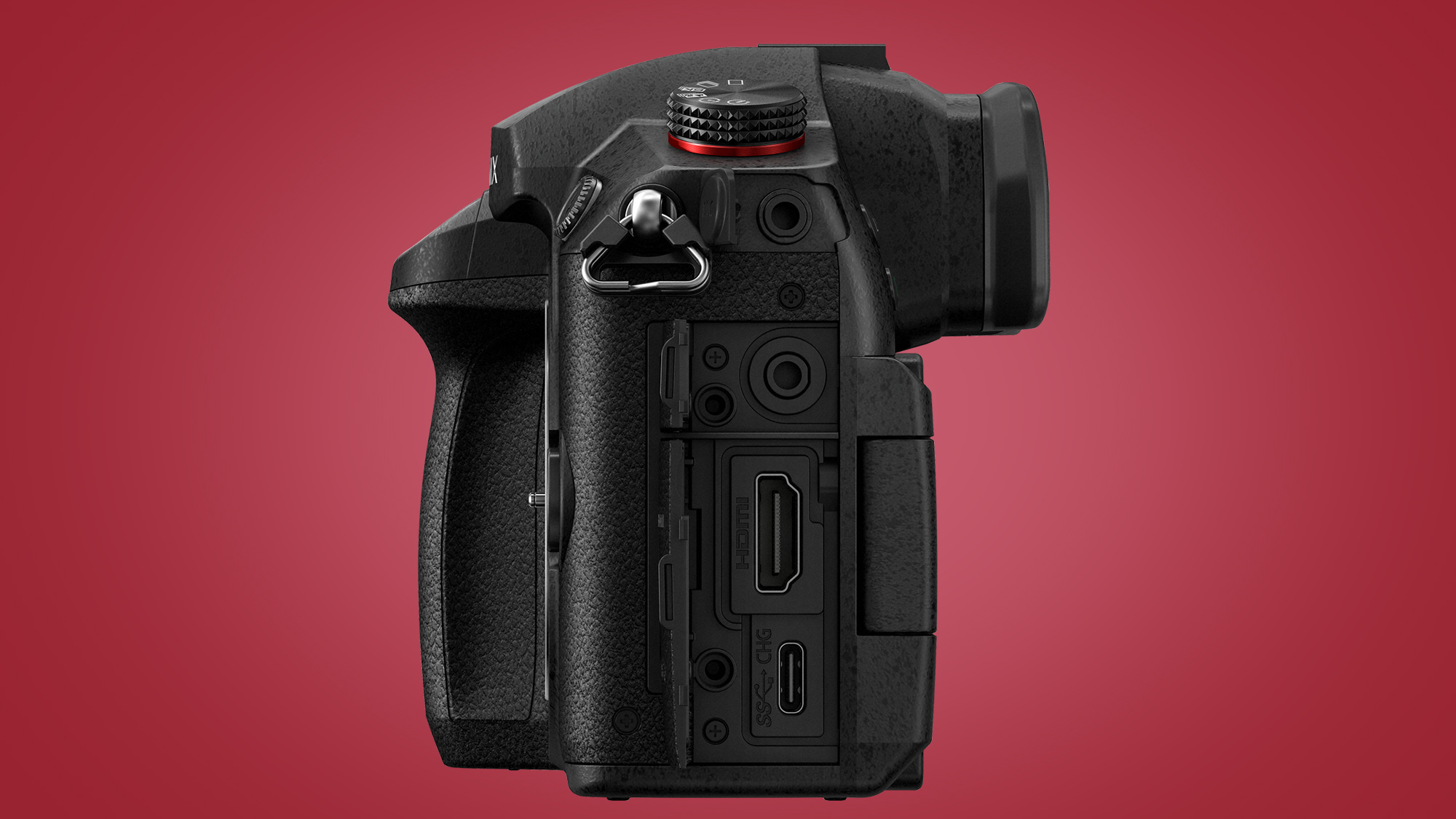
Beyond these live-streaming powers, which Panasonic is pushing as a big selling-point of the GH5 II, the camera is a very mild upgrade of the GH5. You get a larger battery, the same 2,200mAh unit as the one in the Panasonic Lumix S5, which promises to last at least an hour when you're shooting 4K/60p video. The USB-C port also supports Power Delivery, which means you can charge the camera with an external battery while using it.
The GH5 Mark II's dual memory card slot now also supports UHS-II U3 V90 SD cards (rather than the GH5's slightly slower V60 card support) and it has some slightly improved autofocus, which now recognizes animals, heads and bodies alongside the existing Face/Eye recognition. The in-body image stabilization (IBIS) will apparently now give you 6.5-stops of compensation, a small boost on the 5-stops on the GH5.
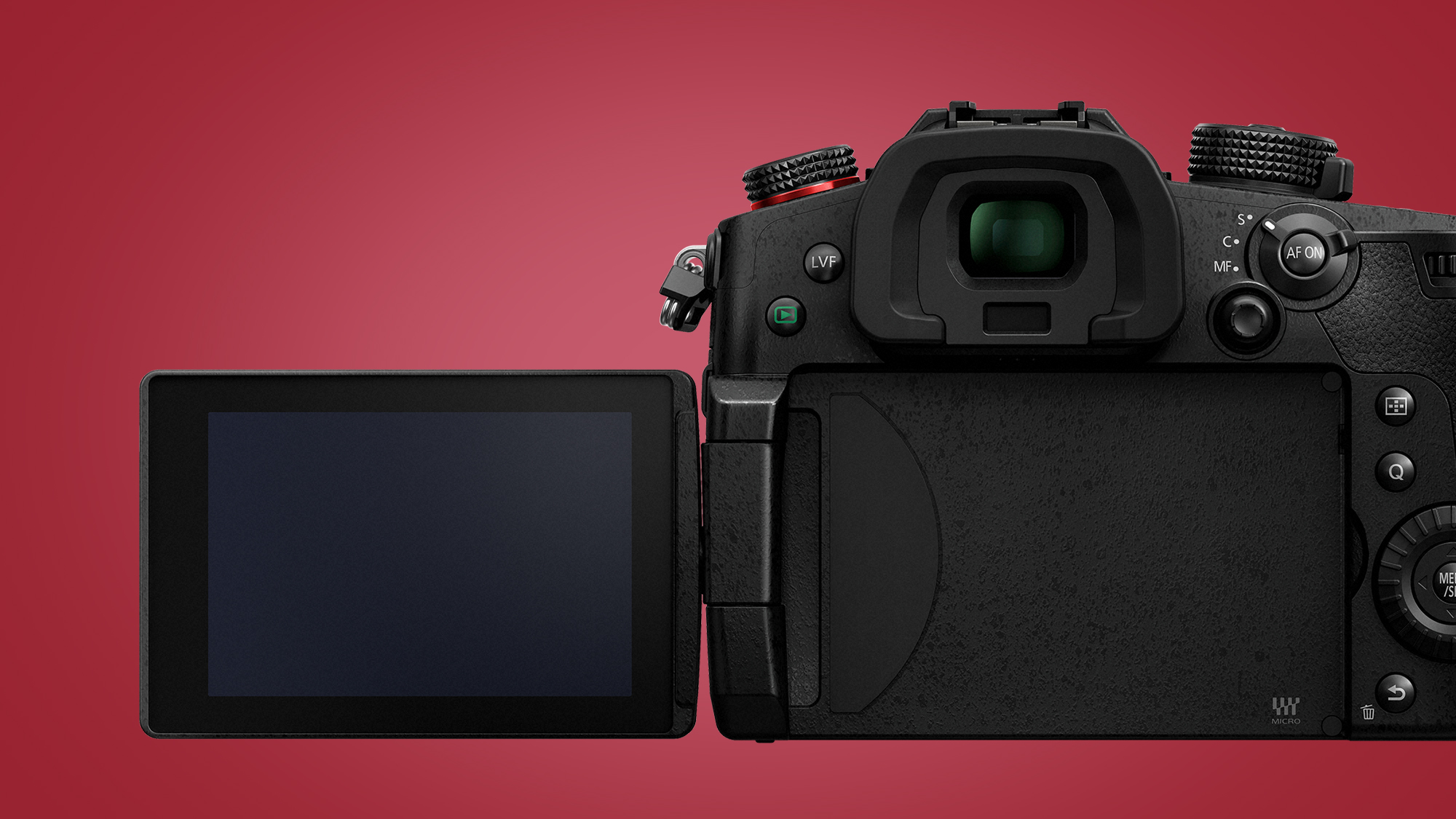
Strangely, the GH5 Mark II has a slightly smaller rear display than the GH5 (at 3in, rather than 3.2in), but this is slightly higher-resolution at 1.84-million dots. Like on the Panasonic S1H, you also get support for the Cinelike D2 and V2 flat profiles, which gives you a little more highlight info than the standard Cinelike D on the GH5 and GH5S.
Otherwise, the GH5 Mark II is much the same camera as the GH5, with the same 20.3MP Four Thirds sensor, burst shooting powers (12fps, or 9fps with continuous AF) and weather-proof design. This means that existing GH5 owners are more likely to wait for the Panasonic GH6, with the GH5 Mark II a lower-budget option for those who need a streaming camera with a large choice of interchangeable lenses.
Talking of which, Panasonic is bringing a firmware update for 12 different Lumix G and Leica DG lenses that will let you choose between a non-linear or linear setting for their focus rings. The non-linear approach, which means that focus changes according to the speed you turn the focus ring rather than in fixed increments, was a slight frustration for some GH5 owners, so this could be another welcome update.
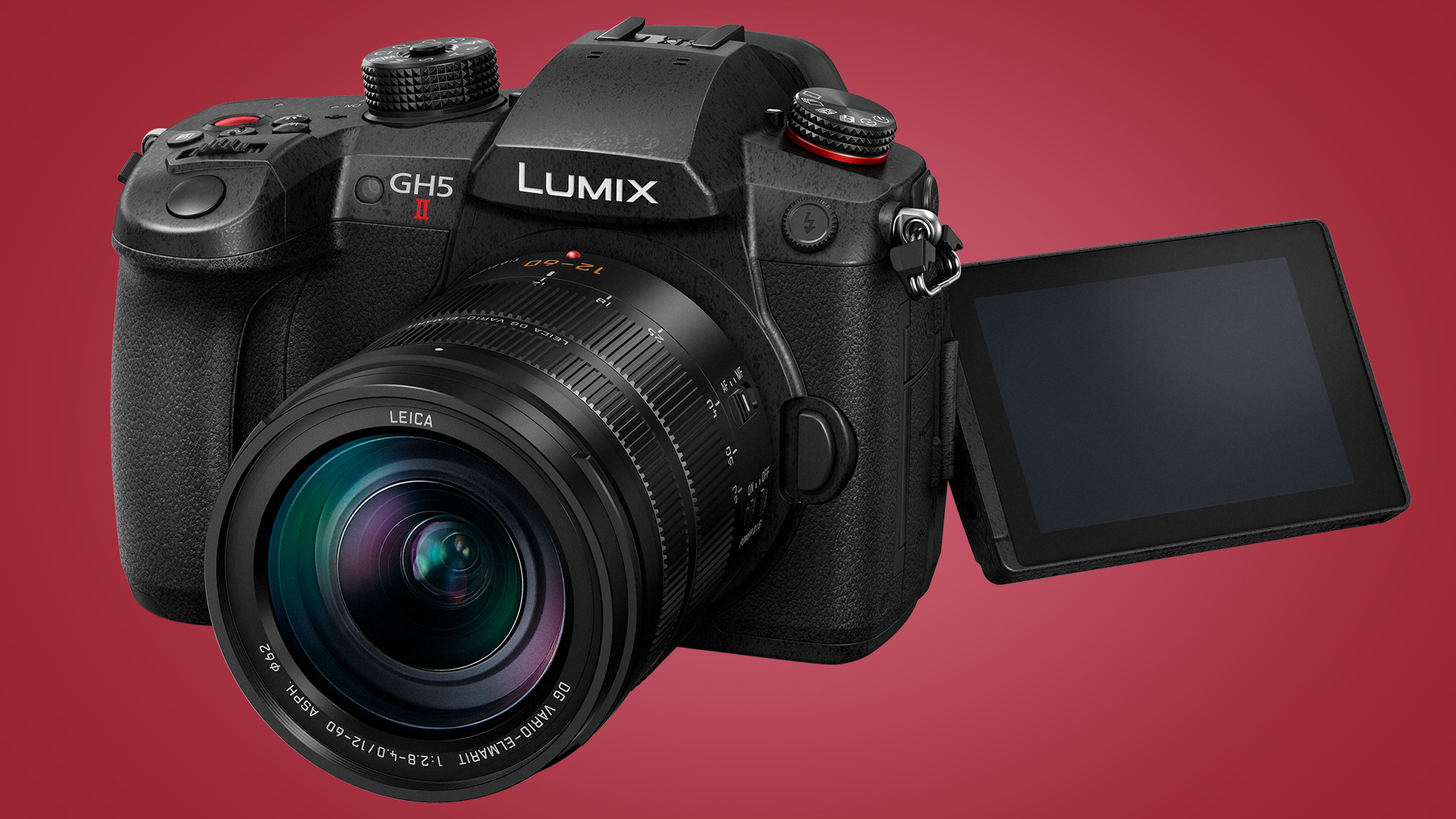
So how much will the Panasonic GH5 Mark II set you back when it's available from the end of June? You'll be able to buy it body-only for $1,699.99 / £1,499 (around AU$2,740), or in an 'L kit' for $2,299.99 / £1,999 with the 12-60mm f/2.8-f.4 Leica DG lens.
The original GH5 launched for $2,000 / £1,699 in 2017, so that's actually a slight reduction in price – then again, Panasonic has barely changed that camera's four-year-old hardware or sensor on the GH5 Mark II, so a lower price tag seems fair.

Analysis: A confusing but promising fresh start for the GH series
The simultaneous announcement of two Panasonic GH cameras reflects the huge changes that have hit the camera world since the Panasonic GH5 arrived in 2017. But while the new cameras themselves are understandable, their naming is less so.
So far, the Panasonic GH5 Mark II appears to be a slightly new species of GH camera, one with a big live-streaming focus. In this sense, a brand new name may have caused less confusion, seeing as it's not really aimed at existing GH5 owners. Sony did this with the Sony ZV-1, which is a rebranded Sony RX100 V that's been redesigned for vloggers.
The 'development announcement' of the Panasonic GH6 only muddies these waters further, but there's no doubt it's the more exciting camera for a different audience – amateur and pro filmmakers.
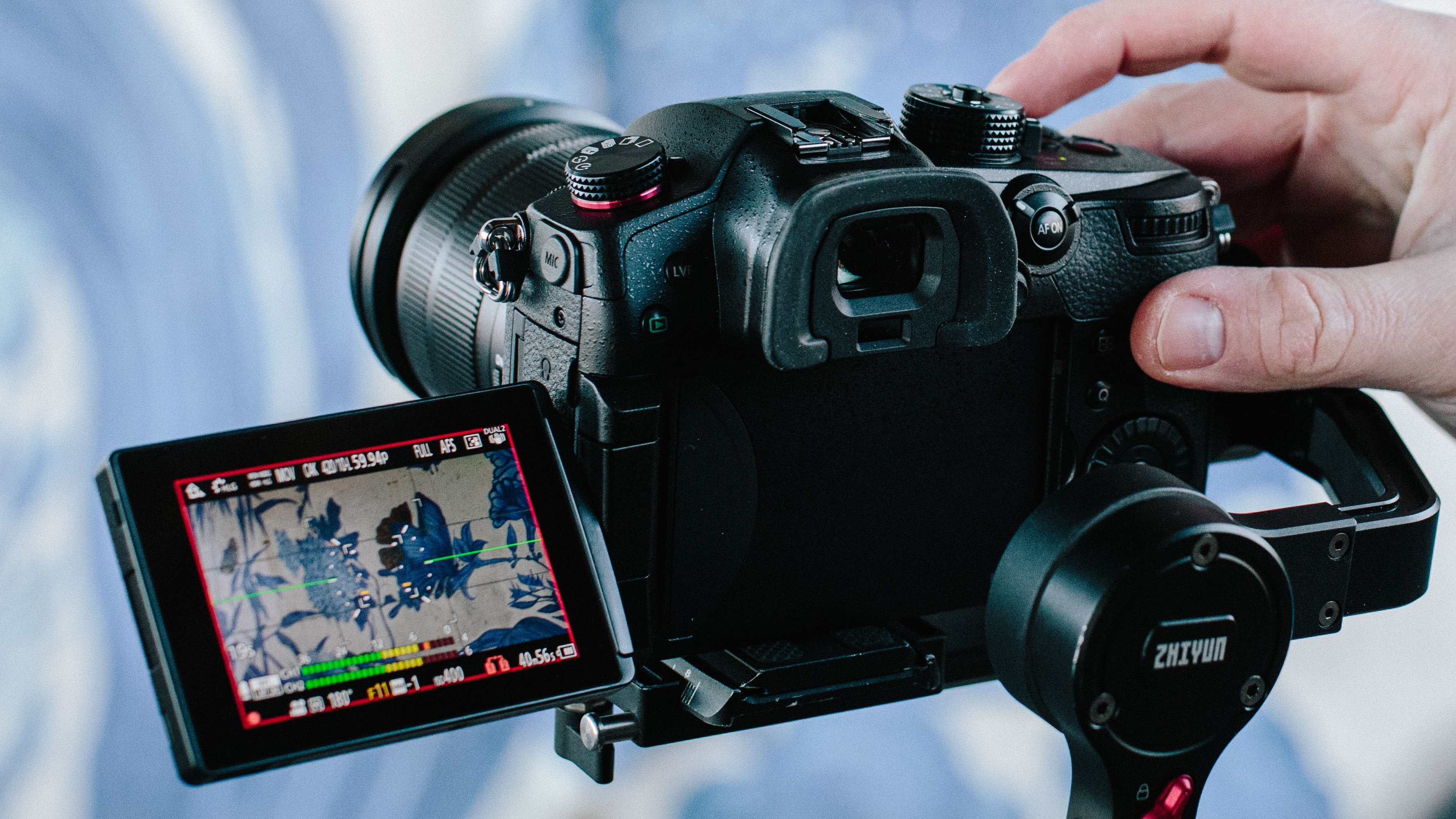
The GH6 won't be able to shoot in 8K, which puts it slightly behind the curve set by full-frame cameras like the Canon EOS R5. But that's likely a tricky thing to pull off with a relatively small Four Thirds sensor (as the mysterious disappearance of the Sharp 8K camera appears to show).
The combination of 5.7K/60p and 10-bit 4K/120p video from a small, weather-sealed mirrorless camera is also a promising one that should provide stiff competition to the likes of the Blackmagic Pocket Cinema Camera 6K Pro.
While the dual announcement of the Panasonic GH6 and GH5 Mark II is an unusual one, it does provide a welcome shot in the arm for the Micro Four Thirds (MFT) system. In their early days, MFT cameras were the small, charming flag-bearers for mirrorless tech, offering impressive shooting power in travel-friendly for factors.
But with smartphones decimating small, stills-focused cameras in recent years, a development that prompted Panasonic's Micro Four Thirds partner Olympus to exit the camera business in 2020, the future of the system has been in question.
Whether the Panasonic GH6 and GH5 Mark II are enough to keep Micro Four Thirds fans from jumping ship the compact APS-C and full-frame cameras from the likes of Sony and Canon remains to be seen. But after such a long wait for new GH cameras, it's great to two of them finally arrive together in London bus fashion.
- These are the best mirrorless cameras you can buy right now
from TechRadar - All the latest technology news https://ift.tt/2RJ9hkZ